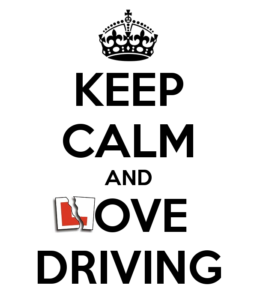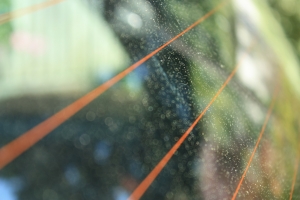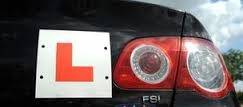What are Client Centred Driving Lessons?
I enjoy working to develop my client centred teaching skills. I find it a challenge and it makes for more enjoyable and rewarding driving lessons both for me and my pupils. I like to keep a diary so I can track my progress and see which areas I need to work on. But what does this mean for my pupils?
CCL is a style of teaching that puts my pupils at the heart of the lesson. It means that I listen to you and work with you to see how you learn best, how you go about helping you solve your driving problems and letting you progress at your own pace.
Everyone is unique when it comes to learning to drive and prefer different styles of learning, as well as progressing at different speeds. Perhaps you are someone who likes to take things away and think about them. If that’s the case I won’t be pushing you to progress too quickly. If you are the sort of person who likes to learn by giving it a try and seeing what happens then that’s fine. I’ll be keeping an eye out to make sure we stay safe.
In my client centred learning lessons I always take into account the pupil’s learning style. If you learn in a style that you enjoy and you’re encouraged to think about things then you will remember what you learned and become a safe and skillful driver after passing your test. By taking responsibility for your learning you will understand how you drive, what effects your driving and will keep developing your skills for the rest of your life.
.
Client centred learning is an approach that I use increasingly in all my lessons. It’s a way of teaching learner drivers that puts the focus on the pupil, as the following core principles show:
-
I will actively listen to what you think is getting in the way of your learning, so I’ll be in a good position to help you achieve your goals.
-
We will work together to help you achieve your own goals so you can learn and develop skills and knowledge through practical driver training.
-
I always treat my pupils with respect and try to create a good learning environment which is comfortable for both of us..
-
By encouraging you to evaluate your driving as we go along you’ll gain a greater sense of responsibility for your own driving.
As I have over 20 years experience in driving instruction I have come to prefer the client centred learning lessons over the traditional teaching methods. I like to think it makes safe drivers for life rather than just getting you through your test. I find that my pupils prefer it too. It makes for more proactive lessons and adds a bit of variety. That’s how I do it as one of the driving instructors Nottingham area.


















